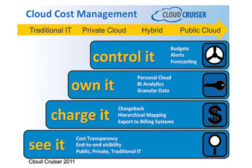Home » cloud computing
Articles Tagged with ''cloud computing''
Cloud Computing Slow to Growth for Some
U.S. Lags in Cloud Computing Adoption, While Info Security Threats Expand
Expect More Organized Criminals to Get Involved
March 29, 2012
Breaking Boundaries: New Directions in Visual Data
Part 3 of 3-Part Series
January 3, 2012
Sign-up to receive top management & result-driven techniques in the industry.
Join over 20,000+ industry leaders who receive our premium content.
SIGN UP TODAY!Copyright ©2024. All Rights Reserved BNP Media.
Design, CMS, Hosting & Web Development :: ePublishing










